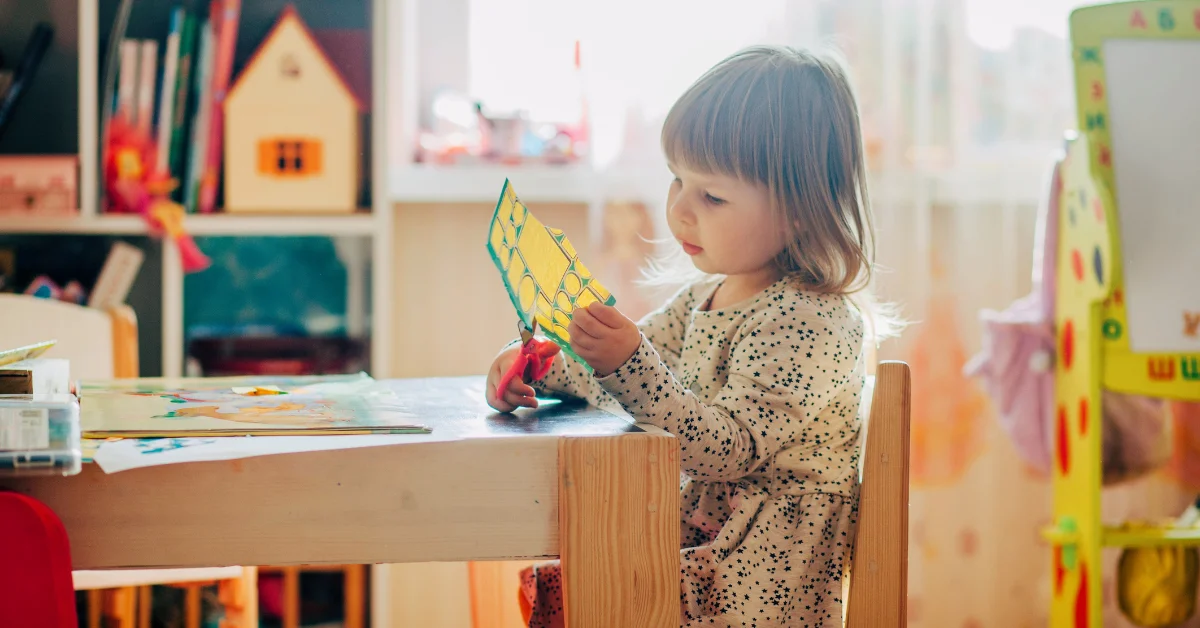Bridging Disciplines: The Role of Arts in Modern Education

Today, schools often focus on STEM subjects-Science, Technology, Engineering, and Math. But research shows that adding the arts to education is very important.
Arts are not just extra activities; they help students grow and learn better in all subjects. Even with tests and strict schedules, arts education shows that creativity is an important part of learning, not just something extra.
The Interconnection of Arts and Academics
Creativity is more than a skill; it helps students think better. Students who take part in arts programs often do better on tests and have higher grades. They also improve in reading and math because arts help them think in new ways.
Arts also teach students to learn differently and be more creative. This is important because solving problems is key for success in the future. By learning through art and fitness, students gain skills to handle tough problems in creative ways.
Real-World Applications of Art in Education
Schools with strong arts programs also see fewer behavior problems and higher attendance. This shows that when students are interested in learning, they behave better and take part more. Schools are realizing that good teaching is more than just traditional subjects-arts help students grow in many ways.
Many schools are adding arts into their lessons successfully. For example, Legacy Traditional Schools use art in subjects like math and science to make learning easier and more fun. Students can draw to understand math or act out science ideas in plays.
Encouraging Creativity in the Classroom
To help students be creative and think better, teachers should try new ways of teaching. Classrooms should be places where creativity is encouraged and students can work together. One way to do this is through projects that use art and let students explore ideas more deeply.
Giving students different ways to be creative, like painting, using digital media, or writing, can inspire them. When students can choose how to show what they know, they feel more in control and care more about their learning.
Assessment and Evaluation of Arts Integration
One challenge with adding arts to lessons is figuring out how to measure its success. Standardized tests usually do not show all the skills students learn from the arts.
Teachers can use other ways to check learning, like portfolios or performances, where students can show their creativity and think about what they learned.
Schools can also work with local art groups to train teachers on how to use arts in lessons. Teaching teachers both why arts are important and how to teach them well can make arts programs much more successful.
Modern Education: The Future of Arts
Looking ahead, arts in education are very important. By encouraging students’ creativity, schools can help them be ready for future challenges. Arts help students grow in ways that regular subjects alone cannot.
Supporting arts education is important for creating a well-rounded and engaging learning environment. We should back programs that focus on creativity and the arts so every child can succeed.
